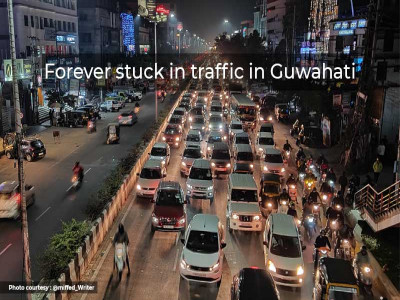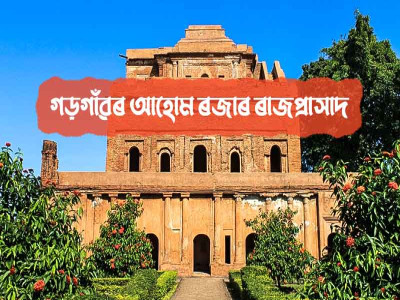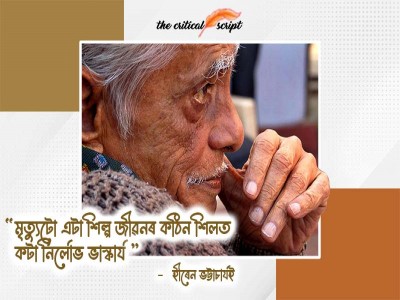
"Lai Haraoba Festival: A Cultural Odyssey of Worship and Celebration"
Lai Haraoba, a traditional festival celebrated by
the Meitei community in Manipur, India, is a vibrant and elaborate celebration
steeped in religious significance and cultural richness. This festival,
dedicated to the sylvan deities known as Umang-Lais, takes place during the
month of Kalen tha, coinciding with the summer season.
The Essence of Lai Haraoba:
Lai Haraoba is a ceremonial worship of traditional deities and ancestors, a cultural practice that binds the Meitei society together. The festival unfolds with the arrival of warm weather, symbolizing the emergence of life and vitality. According to ancient Puya, NongdaLairenPakhangba descends to the tranquil location of KANGLA, joining all beings. The earth comes alive with vibrant blooms, and people express their admiration through offerings distributed to the four Panas.
Varieties of Lai Haraoba:
Four distinct types of Lai Haraoba exist within the Meitei society: KangleiHaraoba, MoirangHaraoba, KakchingHaraoba, and ChakpaHaraoba. Each type is localized to specific regions, showcasing the diversity and cultural nuances within the Meitei community.
Ceremonial Processes:
The festival is organized by a consultant group comprising Lai Salungba, elders, LaroiSingloi, Leiloi, Choubon, Pakhanglakpa, and Ningollakpa. This group plays a crucial role in deciding the commencement of the festival. In modern times, local committees facilitate the construction of shrines and installation of Umanglai images, streamlining the festival's arrangements.
The festival commences with Lai Ichouba, a ritual
that involves calling up spirits from water bodies. Led by Maibi, men and women
participate in a procession to the river or pond. The ceremony includes
KonyaiHunba, offering of Khayomlakpa, and dances such as LaihouJagoi and Chuk-PharonJagoi,
all aimed at pleasing the deities.
Rituals and Symbolism:
The ritual of ThawaiHappa, where the spirits of the deities are believed to be infused into images, marks a crucial moment. Daily rituals involve the singing of Pena, oracles delivered by Maibi, and Lei-Langba offering of flowers. The Laibou Dance, illustrating the birth of a child, house construction, and cotton plantation, stands out with its 364 Khut-thek movements, symbolizing the human anatomy.
Culmination and Cultural Evolution:
The festival's third and final step features dances depicting cosmic creation, romantic tales of NongpokNingthou and Panthoibi, and rituals like AugriHangel and Lai-Nong-Gaba. Afterward, a day of games and sports follows, promoting community engagement. The Pena singer seeks forgiveness during KeiningKumba, reflecting on any inadvertent mistakes made during the festival.
Lai Haraoba is not just a religious festival; it is a cultural journey that intertwines spirituality, tradition, and community bonding. As the festival adapts to modern times, with variations like Lai-Lam-Thokpa, its essence remains intact, fostering a sense of identity and unity among the Meitei people. Through dance, rituals, and shared festivities, Lai Haraoba continues to be a living testament to the rich cultural heritage of Manipur's Meitei community.
Disclaimer: The opinions expressed in this article are those of the author's. They do not purport to reflect the opinions or views of The Critical Script or its editor.

Newsletter!!!
Subscribe to our weekly Newsletter and stay tuned.

















Related Comments